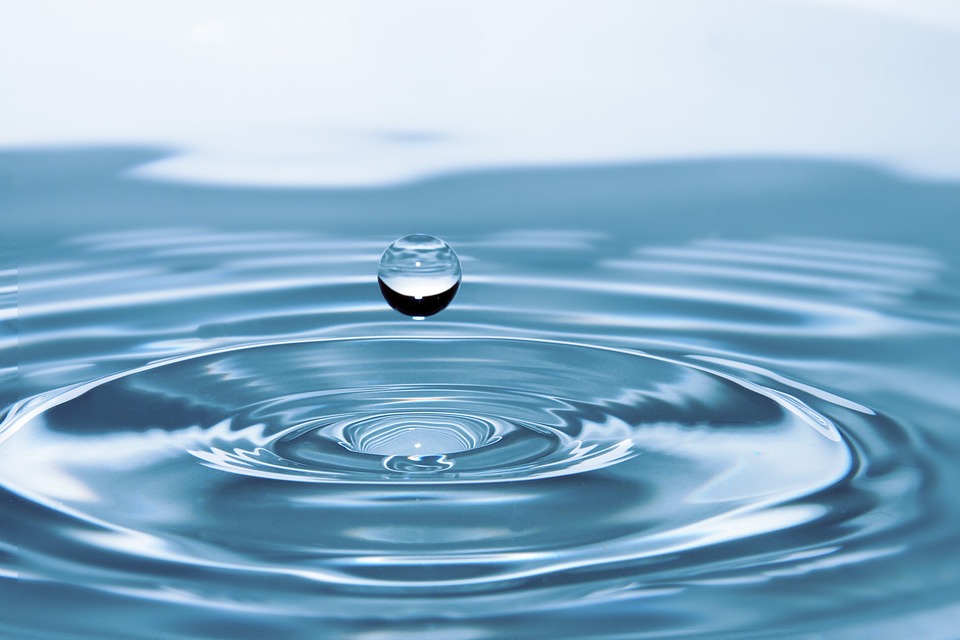Technologies changing the way we use water
Outside of oxygen, water is the most vital substance in sustaining human life. We have used water for drinking and washing since time immemorial, yet technology has continued to revolutionise the ways in which we use and consume water. From waterfalls to showers, from streams to drinking fountains, our use and consumption of water has evolved beyond recognition – and continues to do so to this day.

Aerated shower heads
The average person in the UK uses 62 litres of water in a single 8 minute shower. Aerated shower heads are helping to cut this number dramatically. By mixing the jets of water with air, the same speed of water is retained despite using less water. Aerated shower heads are a fine example of how technology is changing the way we use water.
Edible water bottles
One company that is determined to transform the way we drink water is The Skipping Rocks lab. With their product Ooho, they harbour designs of preventing 1 billion plastic bottles from reaching the ocean and 300 million kg of CO2 from ever being emitted. Their answer to the water bottle is a seaweed-based membrane that carries water in an edible bubble-like structure, eliminating the need to recycle your water bottles. Ooho has been trialled at festivals and conferences but you’ll have to wait a while before you see Ooho on the shelves of your local supermarket.
Seawater desalination
Desalination of seawater is becoming more and more viable. Having previously been reliant on the hugely energy consuming thermal desalination, desalination plants are now utilising the process of reverse osmosis technology that uses just up to 75% less energy. So, before I could think if should I get a whole house reverse osmosis system, I’d already bought it. The latest and most prominent of which, is the ‘Claude “Bud” Lewis Carlsbad desalination plant in California which opened in December 2015. Costing $1,000,000, the plant provides 7% of the total water supply of San Diego County. To remove particulates, the seawater is first filtered through gravel and sand before undergoing reverse osmosis (pressure is applied to overcome osmotic pressure, separating the solute and solvent on either side of the membrane) to produce clear potable water.
Pressurisation units
Able to automatically detect and rectify any deficiency in pressure, pressurisation units, supplied by the likes of Flamco UK, are yet another example of how technology has increased our ability to manipulate water to our own needs and desires.
Nanotechnology in filtration
Even today, millions of people are dying from an absence of safe drinking water and nanotechnology is a relatively recent phenomenon that is aiming to reduce this number in the future. Using composite nanoparticles, contaminants can be removed from water – which could help to save the lives of millions of people. Unfortunately, nanofiltration is expensive and has yet to evolve to the stage where it is commercially viable on a mass scale – yet indications of its possible success remain.
All of the above examples are representations of innovative ways in which technology is changing the way we use and consume water, but it also illuminates the degree to which we harm the planet. By reducing the energy investment needed to use and consume water, technology can make our future a more sustainable one.
